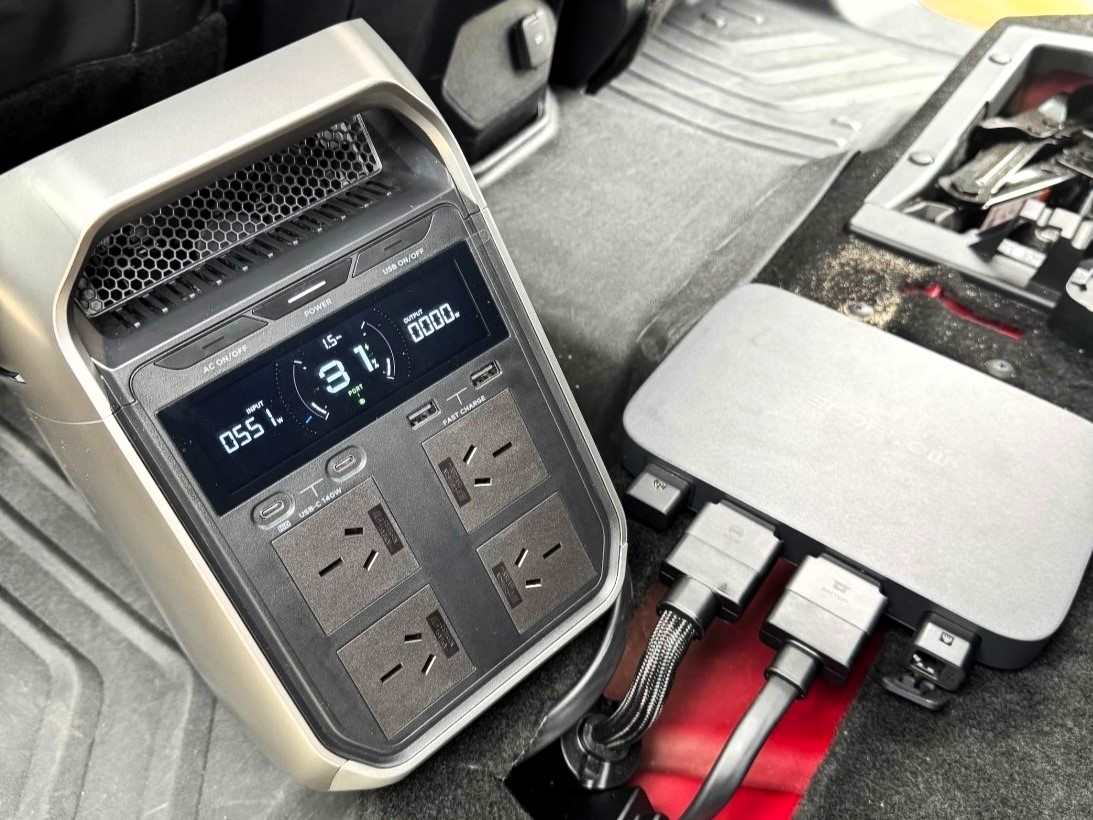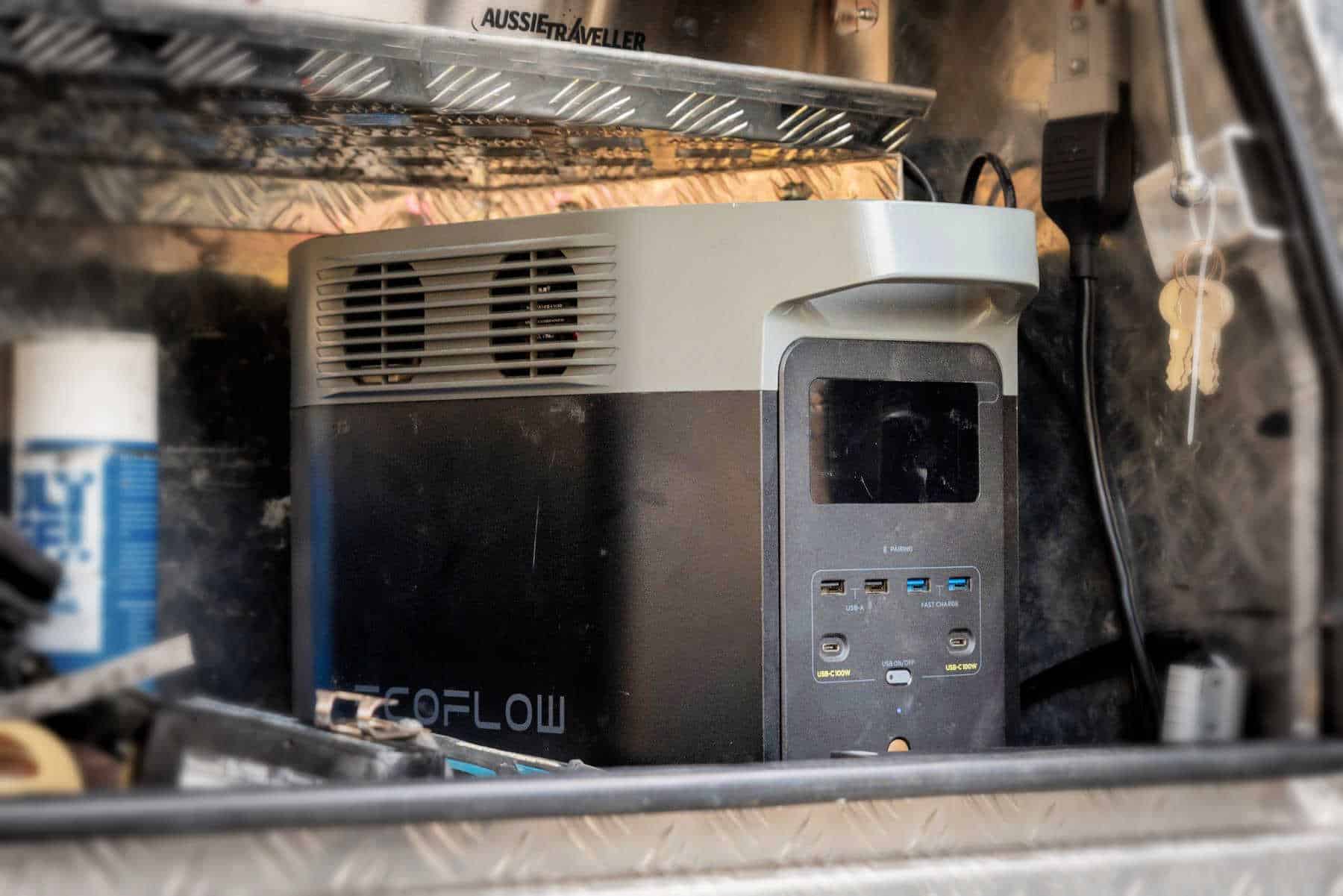Battery Box vs Portable Power Station – what’s the difference and which one’s better for you?
Not sure whether to get a battery box or portable power station? We break down the pros, cons and key differences to help you choose.
Advertisement
Not sure whether you need a battery box or a portable power station for your next 4WD adventure? You’re not alone. These days, with the explosion of off-grid gear and battery tech, it seems like every second campsite is buzzing with gadgets, lights, and someone asking, “How are you powering that?”
Let’s break it down. This isn’t a product review. We’re not comparing which brand is better. We’re talking about what the actual difference is between a battery box and a portable power station so you can choose which one suits your style of 4WDing and camping.
To keep things grounded, we’ll use a few real-world examples:
But first, let’s talk about what a Portable Power Station and a Battery Box actually are.
Think of a portable power station (sometimes referred to as a Portable Solar Generator) as a beefed-up battery box with everything in one unit to power both your 12V and 240V needs. It’s an all-in-one, ready-to-go package that usually includes:
You just plug it in, charge it, and off you go. A great example is the EcoFlow Delta 3 Plus, which we did a review on very recently >>here<<.

A battery box is exactly what it sounds like… a box that holds a battery. Basically you plonk your battery into the battery box, wire it up, and the battery box has built-in outputs and inputs for charging your devices and charging your battery back up.
But these days, it’s far more than just a plastic shell.
Battery boxes can range from basic (like the HardKorr) to advanced systems with in-built DCDC chargers, voltmeters, USB ports, Anderson plugs, and more (like the KickAss). Nearly all of them can be charged via solar, and if you’re in the know-how, or have a clever friend, can be wired in as a dual battery and charged from your alternator when driving.
| Feature | Battery Box | Portable Power Station |
|---|---|---|
| Ease of use | Medium – needs basic wiring. | Plug and play. |
| Customisation | Medium – choose your own battery in most cases. | Low – all-in-one. |
| Inverter included? | No. Need to buy a separate inverter. | Yes – built in. |
| Expandability | No. Second battery box required. | Limited or brand-specific. |
| Charging options | Solar, DCDC, 240V – May have to buy specific leads and chargers separately. | Solar, DCDC, 240V – May have to buy alternator charger separately. |
| Cost range | $60 – $2,000+ | $500 – $4,000+ |
| Best for | * Those on a budget. * Those with simple power requirements. | * Those wanting to stay off-grid for longer. * Those wanting portability. * Those wanting to power 240V appliances. * Those wanting it to double as a backup for their home. |

There’s no universal answer as it depends on how you travel, your budget, and what you want to power. However, at the end of the day, if your budget allows it, a Portable Power Station trumps as a better alternative due to its portability, charging versatility, and ability to power 240V appliances in a quick and straightforward way. Being able to use it to power your household appliances in a power outage is also a huge bonus.
Whichever way you go, just don’t be the person running your camping fridge off the starter battery – we’ve all seen how that ends.
This article contains affiliate links to products. We may receive a commission for purchases made through these links.